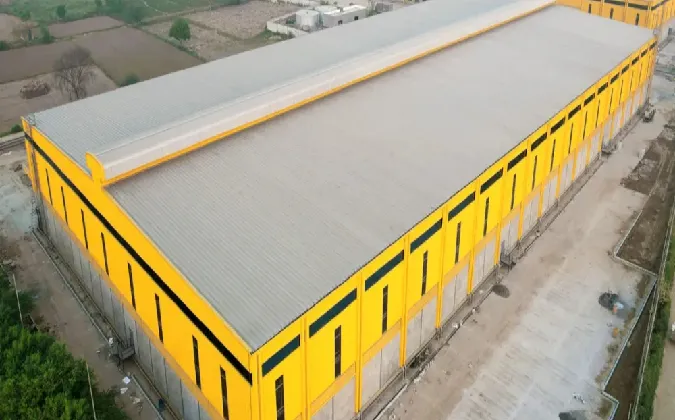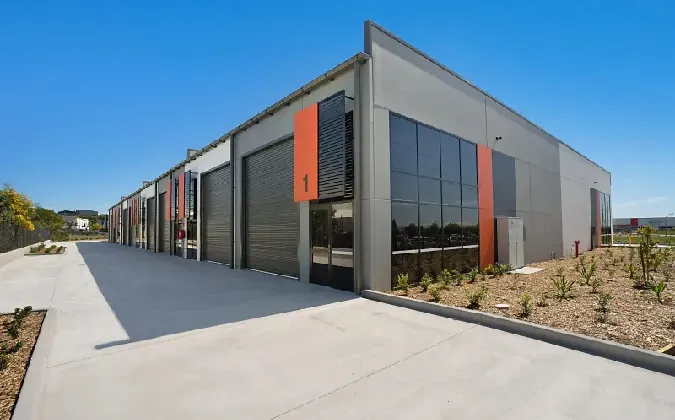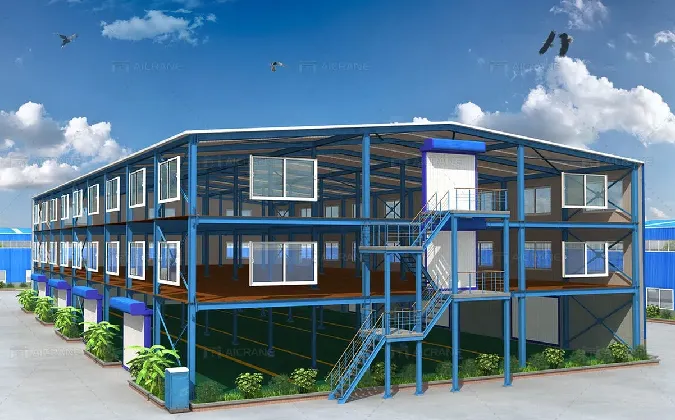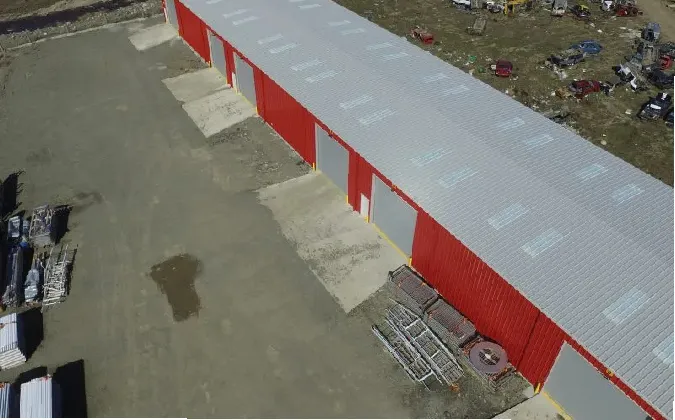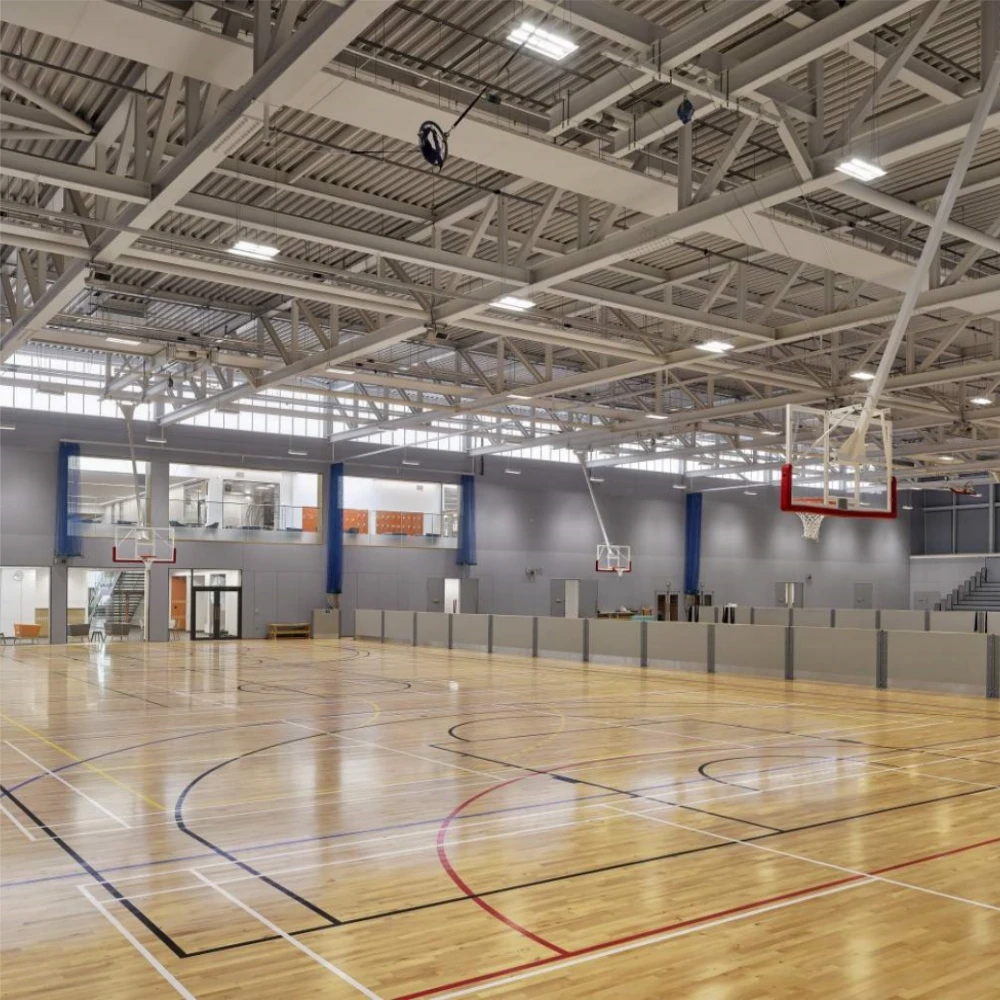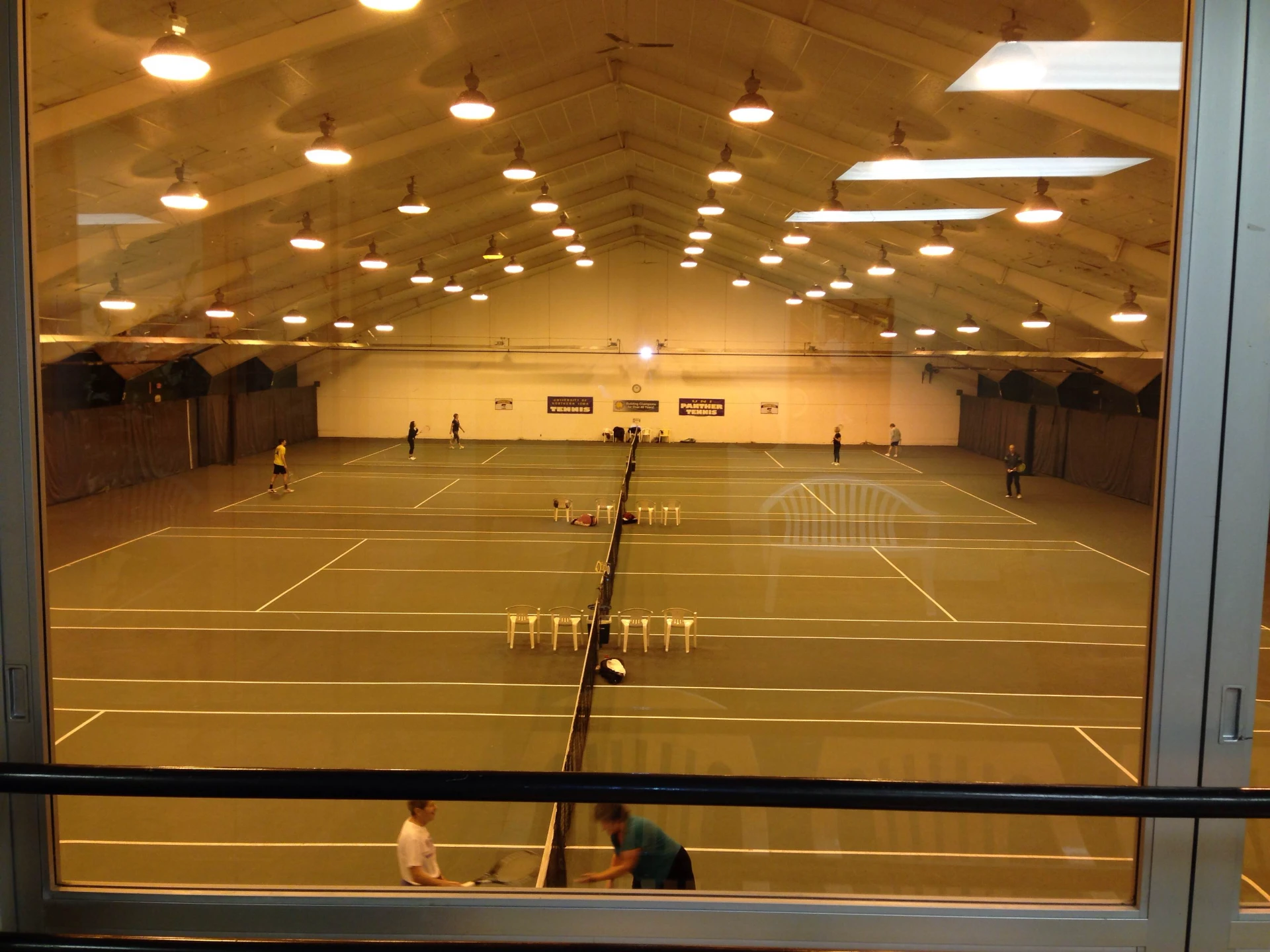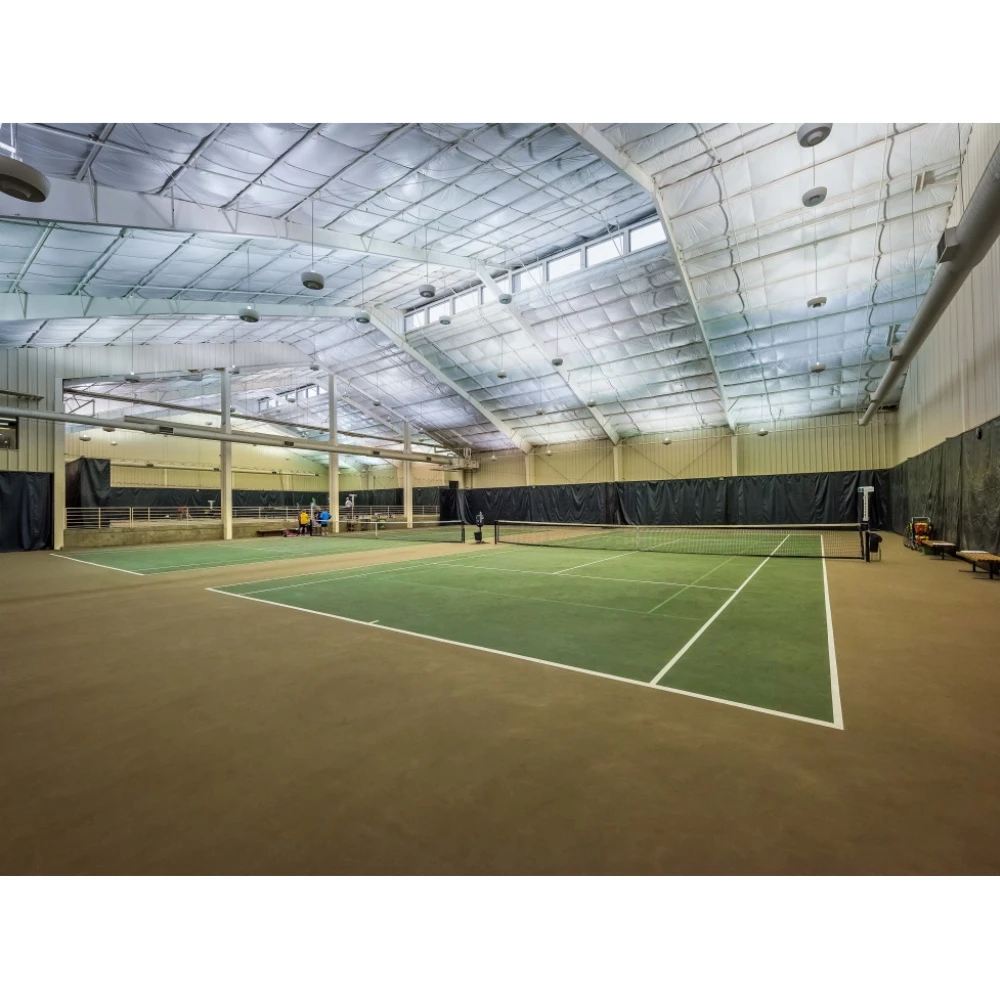- Afrikaans
- Albanian
- Amharic
- Arabic
- Armenian
- Azerbaijani
- Basque
- Belarusian
- Bengali
- Bosnian
- Bulgarian
- Catalan
- Cebuano
- Corsican
- Croatian
- Czech
- Danish
- Dutch
- English
- Esperanto
- Estonian
- Finnish
- French
- Frisian
- Galician
- Georgian
- German
- Greek
- Gujarati
- Haitian Creole
- hausa
- hawaiian
- Hebrew
- Hindi
- Miao
- Hungarian
- Icelandic
- igbo
- Indonesian
- irish
- Italian
- Japanese
- Javanese
- Kannada
- kazakh
- Khmer
- Rwandese
- Korean
- Kurdish
- Kyrgyz
- Lao
- Latin
- Latvian
- Lithuanian
- Luxembourgish
- Macedonian
- Malgashi
- Malay
- Malayalam
- Maltese
- Maori
- Marathi
- Mongolian
- Myanmar
- Nepali
- Norwegian
- Norwegian
- Occitan
- Pashto
- Persian
- Polish
- Portuguese
- Punjabi
- Romanian
- Russian
- Samoan
- Scottish Gaelic
- Serbian
- Sesotho
- Shona
- Sindhi
- Sinhala
- Slovak
- Slovenian
- Somali
- Spanish
- Sundanese
- Swahili
- Swedish
- Tagalog
- Tajik
- Tamil
- Tatar
- Telugu
- Thai
- Turkish
- Turkmen
- Ukrainian
- Urdu
- Uighur
- Uzbek
- Vietnamese
- Welsh
- Bantu
- Yiddish
- Yoruba
- Zulu
Aug . 10, 2024 05:25 Back to list
Converting Agricultural Buildings A Sustainable Transformation
In recent years, the trend of converting agricultural buildings into functional spaces has gained significant momentum. This shift stems from the increasing need for sustainable development, adaptive reuse of structures, and innovative approaches to land management. Agricultural buildings, often rich in history and character, provide a unique opportunity to meet contemporary needs while preserving the past.
The primary motivation behind converting agricultural buildings is sustainability. With the growing concern over urban sprawl and its environmental impact, utilizing existing structures aligns with the principles of sustainable development. By repurposing old barns, silos, and farmhouses, we can reduce the material waste associated with new construction and minimize the carbon footprint of the building process. This approach not only conserves resources but also uplifts local communities by revitalizing rural areas and preserving agricultural heritage.
One of the most common conversions involves transforming agricultural buildings into residential spaces. Such projects are particularly appealing to those seeking a home that merges rustic charm with modern amenities. The high ceilings, spacious interiors, and unique architectural features of these buildings often lend themselves well to creative redesign. Homeowners can enjoy the benefits of open floor plans while maintaining the historical essence of the structure. Moreover, converting these buildings can provide an affordable housing solution in scenic rural areas, appealing to individuals looking for a quieter lifestyle away from the hustle and bustle of urban environments.
converting agricultural buildings
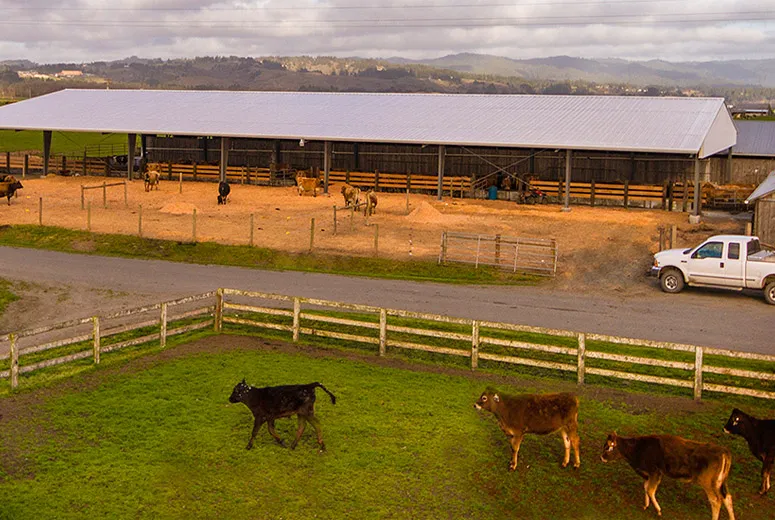
In addition to residential conversions, agricultural buildings are increasingly being transformed into commercial spaces. Farmers’ markets, artisan workshops, and boutique hotels are just a few examples of how these spaces can be adapted to serve contemporary needs. Converting old barns into event venues has become particularly popular, offering a rustic backdrop for weddings, corporate events, and social gatherings. These unique venues not only attract clientele seeking something different but also provide an income stream for farmers looking to diversify their enterprises. Additionally, by keeping agricultural structures in use, the community can maintain its agricultural identity and heritage.
However, converting agricultural buildings is not without challenges. Local zoning laws and building codes may restrict how these structures can be repurposed. Furthermore, maintaining the integrity and character of the original building while upgrading it to meet modern standards can be complicated and costly. Owners must navigate the delicate balance between preserving historical aspects and incorporating contemporary functionality. Collaborating with architects and designers who understand both the historical significance and practical needs of these projects is crucial for success.
Another important factor to consider is community engagement. Conversion projects should involve input from local stakeholders to ensure they align with community values and needs. By fostering dialogue with residents, developers can create spaces that enhance local culture and economy, rather than disrupt them. This inclusive approach can help garner support and foster a sense of pride in transformed agricultural buildings while ensuring sustainability and economic viability.
In conclusion, converting agricultural buildings represents a promising avenue toward sustainable development and community revitalization. By reimagining these spaces, we can honor our agricultural past while creating vibrant, multifunctional environments for the future. As we face growing challenges related to urbanization and environmental degradation, the adaptive reuse of agricultural structures offers an innovative solution that benefits individuals, communities, and the planet alike. Embracing this trend not only preserves our history but also paves the way for a more sustainable and harmonious future.
-
How Do Prefabricated Steel Structures Transform Modern Construction?
NewsJul.14,2025
-
How Do Prefabricated Metal Buildings Redefine Modern Construction?
NewsJul.14,2025
-
How Do Prefab Insulated Metal Buildings and Steel Structures Revolutionize Modern Construction?
NewsJul.14,2025
-
How Do Pre - Engineered Steel Structures Redefine Modern Construction?
NewsJul.14,2025
-
Advancing Modular Construction with Prefabricated Metal Structures
NewsJul.14,2025
-
Advancing Industrial Infrastructure with Prefabricated Steel Solutions
NewsJul.14,2025
Products categories
Our Latest News
We have a professional design team and an excellent production and construction team.






